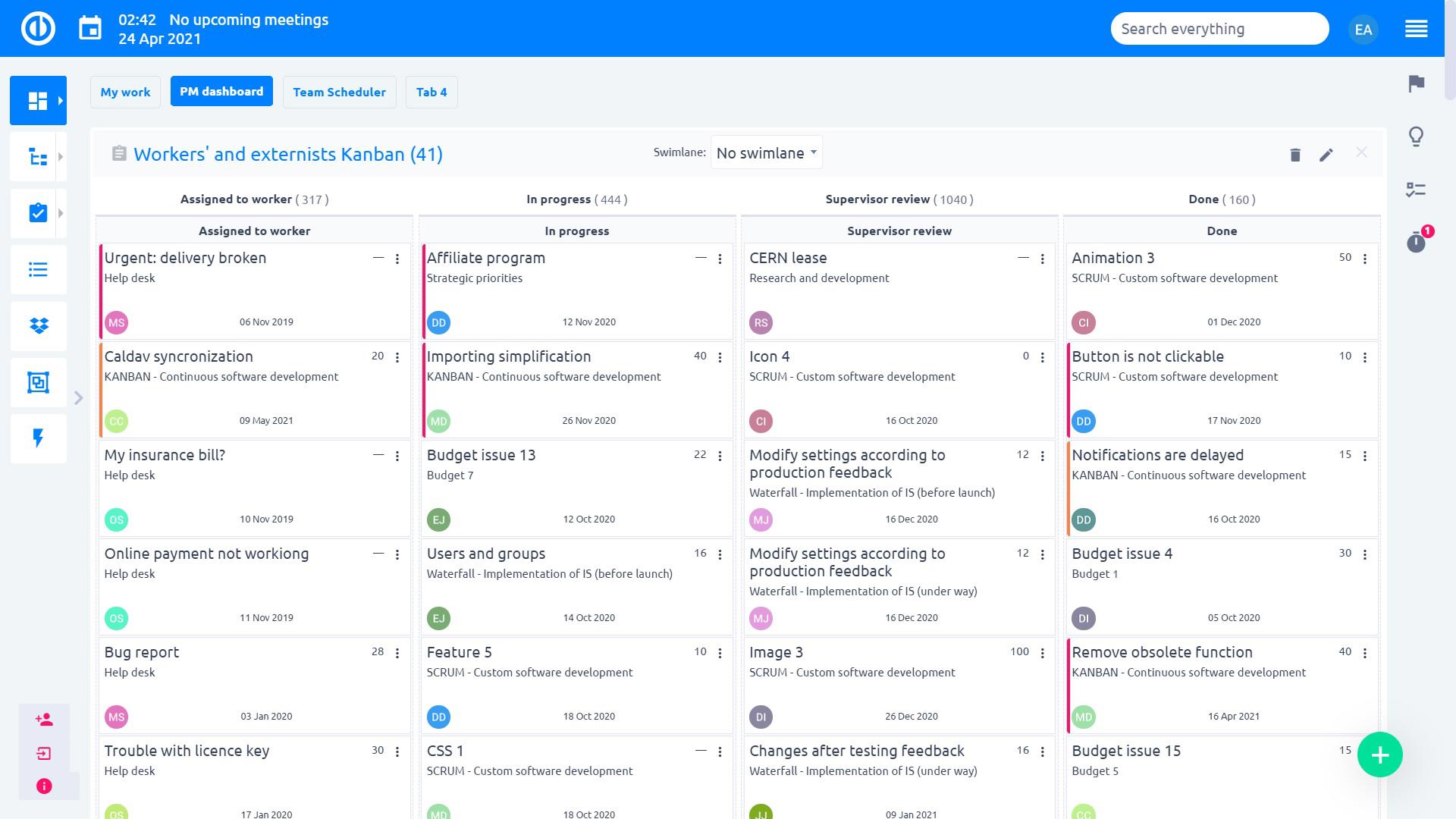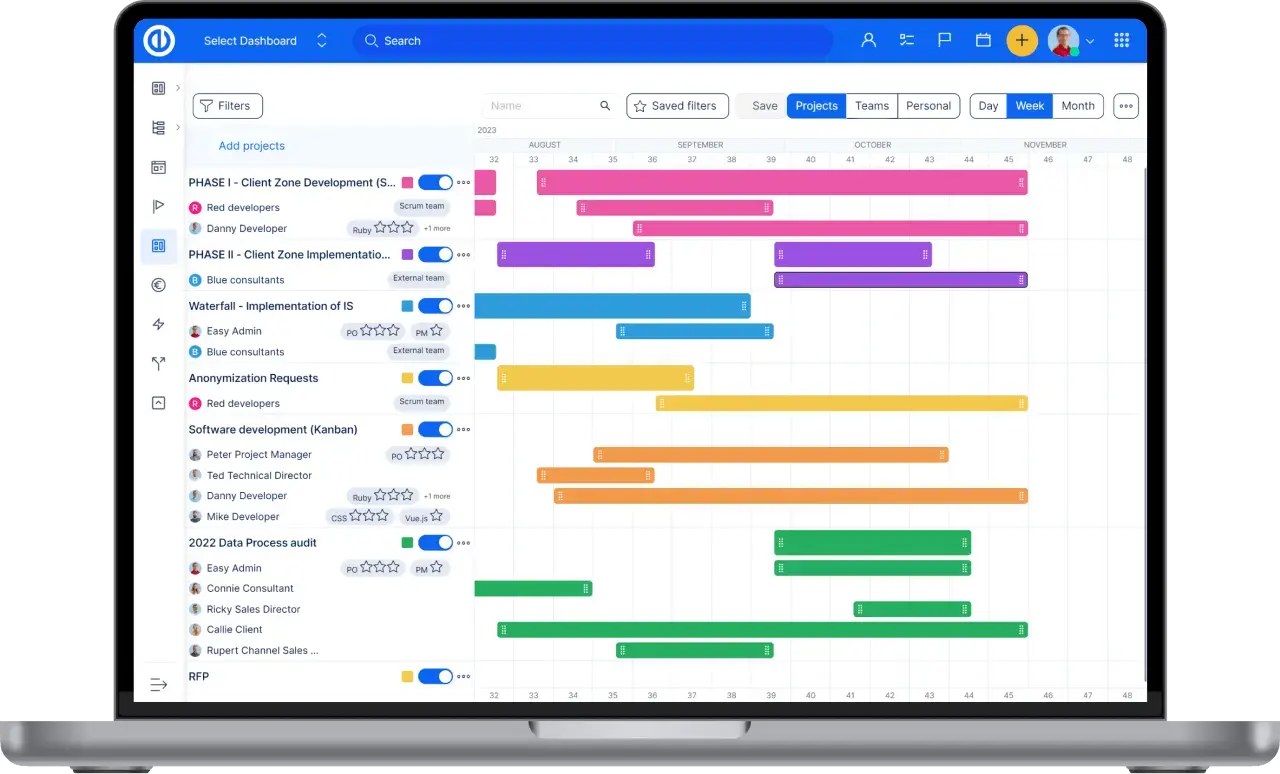Kanban or Not to Kanban? Project Management Benefits & Costs

What is Kanban
Kanban methodology was created by Toyota dating back to the 1940s. It was used as a scheduling system to support just-in-time manufacturing to minimize the idle time in production. To facilitate the production workflow, Japanese workers on the shop floor would pass a card or “Kanban” between teams noting the capacity level.
In its simplest form, the Kanban board consists of a few elements: a board, a list, and some cards. The board is divided into stages to represent your workflow, and then you determine how you want to move cards or tasks from one stage to the other.
Kanban Board usage
Today, the Kanban methodology has gone beyond the shop floor. You can find the adoption of this methodology in:
- Sales teams are using Kanban to manage their sales pipeline. It gives visibility to sales opportunities and supports dialogue within the sales and sales and delivery teams.
- Software development teams are applying the same principles to the development cycle. They try to match the team’s capacity to the work. This gives the teams transparency on the work allowing them the opportunity to be flexible in their planning options.
- Support teams were early adopters in the IT industry. The Kanban system was used to manage the flow of support tickets. It gave agents visibility of new tickets, which ones were in progress, and where they were in the flow.
Benefits and Cost of Kanban Board
Kanban is less structured than other project methodologies. The traditional project management approach (TPM) produces the tasks in a linear order with an emphasis on planning and design before the start of the project. Whereas, Kanban has a laid back approach and lacks a process framework; however, some of the benefits of this for your team and business are:
- Flexibility in processes
- Define a workflow that caters to the team’s needs
- Easy to implement and understand
- Improves and simplifies the delivery flow
- Allows for a continuous workflow
- Event-driven rather than a time-driven approach
- Works well for cohesive and self-motivating teams
The cost of a Kanban system can vary. It can range from something as simple as using a whiteboard with post-it notes, a free online tool, or purchasing a system with a license or subscription pricing model. It depends on the needs of your business. TPM tools can be made in a spreadsheet or a more advanced tool like Microsoft Project or Easy Project.
Unlike many other Kanban tools, Easy Project offers you a complete project management solution for every part of your business, eliminating the chaos of numerous poorly integrated tools. Kanban, Help Desk, CRM, and much more all in one solution, try it yourself!
Taking advantage of Kanban or any project strategy requires assessing the needs and requirements of the teams and business. Implementing this system could bring your team the desired business results through its continuous, flexible workflow.

All-in-one software for a modern project manager? Easy.
Get all powerful tools for perfect project planning, management, and control in one software.
